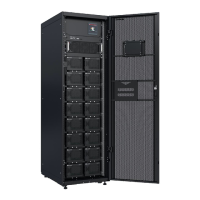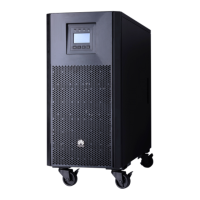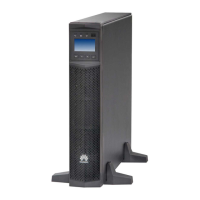● Areas prone to earthquakes and with seismic fortication intensity higher
than 9
● Areas prone to debris ow, landslide, quicksand, karst caves, ood, and other
direct hazards
● Areas within the mining land subsidence (dislocation) zone
● Areas within the scope of blasting hazard
● Areas prone to ood due to a dam or levee failure
● Protection areas for important water supply sources
● Protection areas for historic relics
● Densely populated areas such as residential communities and commercial
districts
● High-rise buildings, underground buildings, and conned spaces (such as
electrical and ELV shafts and automated teller machines) that do not meet
the requirements in Battery Room Fire Safety
● Intersections and busy roads of urban main roads
1.5 Mechanical Safety
When working at heights, wear a safety helmet and safety harness or waist belt
and fasten it to a solid structure. Do not mount it on an insecure moveable object
or a metal object with sharp edges. Make sure that the hooks will not slide o.
Ensure that all necessary tools are ready and inspected by a professional
organization. Do not use tools that have signs of scratches or fail to pass the
inspection or whose inspection validity period has expired. Ensure that the tools
are secure and not overloaded.
Before installing equipment in a cabinet, ensure that the cabinet is securely
fastened with a balanced center of gravity. Otherwise, tipping or falling cabinets
may cause bodily injury and equipment damage.
When pulling equipment out of a cabinet, be aware of unstable or heavy objects
in the cabinet to prevent injury.
SmartLi 3.0
User Manual (Short-Term Backup Power) 1 Safety Information
Issue 10 (2024-01-31) Copyright © Huawei Digital Power Technologies Co., Ltd. 18

